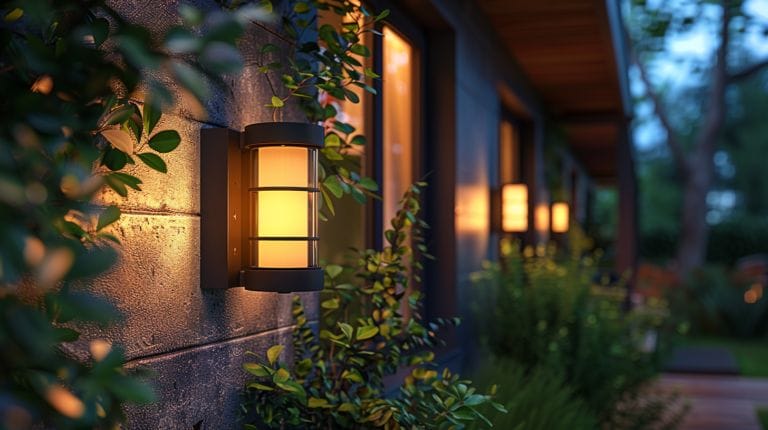Glass Dish in the Oven: Avoiding Cracks and Breaks
When it comes to using a glass dish in the oven, we’ve all experienced that heart-sinking moment when a crack appears out of nowhere. But fear not, there are practical steps we can take to prevent this culinary calamity. By understanding the science behind glass and heat, implementing careful handling techniques, and choosing the right glassware, we can guarantee our dishes stay intact and our meals come out perfect.
So, let’s explore the secrets to keeping our glass dishes crack-free and our oven creations stress-free.
Key Takeaways
- Use borosilicate glass for high heat resistance.
- Avoid sudden temperature changes to prevent cracks.
- Preheat the oven and glass dish together.
- Handle hot glassware with care to prevent breakage.
- Choose tempered glass for durability and safety.
Understanding the Basics of Using Glass Dishes in the Oven

When it comes to using glass dishes in the oven, understanding the basics is key. Glassware, particularly borosilicate glass, can withstand high heat but is still prone to thermal shock if subjected to sudden temperature changes. This is where tempering, a process of heating glass to high temperatures and then cooling it rapidly, comes in.
Borosilicate glass, renowned for its resistance to thermal shock, is a common choice for glass cookware. When using such glassware in the oven, it’s crucial to avoid drastic temperature changes. Preheating the oven and the dish together can help mitigate the risk of thermal shock, keeping your glassware intact and ready for your culinary creations.
How to Safely Put Glass Cookware in the Oven

Safety should always come first when using glass cookware in the oven. Always ensure your glassware is heat-resistant and specifically marked as oven-safe. Avoid sudden temperature changes by placing room-temperature glassware in a preheated oven.
Adhering to the manufacturer’s guidelines on temperature limits and cooking times can help prevent cracks and scratches. Additionally, always place hot glass dishes on a trivet or cloth to avoid thermal shock. Don’t forget – glass heats up slowly but retains heat well, so it’s important to handle with care.
Selecting the Right Glass Dishes for Oven Use

Choosing the right glass dish for oven use involves considering factors such as brand reputation, intended use, and the dish’s dimensions. Brands like Anchor Hocking and Pyrex are renowned for their quality glass bakeware. Tempered glass dishes are more resistant to thermal shock and less prone to breaking under sudden temperature changes.
Consider the intended use of the dish. For casseroles and baked dishes, a deeper dish might be more suitable. Preheating the dish with the oven can prevent sudden temperature changes leading to cracks. Remember, the size and shape of the dish not only affect the cooking result but also the heat distribution.
Delicious Recipes Specifically Designed for Glass Baking Dishes

Glass baking dishes are perfect for a variety of delicious recipes. They distribute heat evenly, ideal for dishes like lasagnas, casseroles, and baked pasta. You can even experiment with adapting recipes for glass cookware, trying out new baking techniques or tweaking ingredient proportions.
Cleaning and Maintaining Your Oven-safe Glass Cookware

Maintaining your oven-safe glass cookware involves proper cleaning techniques. Avoid sudden temperature changes by allowing the glass to reach room temperature before placing it in a preheated oven. When cleaning, refrain from using abrasive materials that could scratch and weaken the glass. Instead, use gentle dish soap and a soft sponge. Regularly check for signs of damage – chips or cracks – and consider replacements when necessary for safety.
Conclusion
To sum up, taking proper precautions and using the right glassware can help prevent cracks and breaks when using glass dishes in the oven. By following the tips outlined in this article, such as selecting heat-resistant glass and handling it with care, you can enjoy cooking delicious meals without worrying about damaging your cookware.
Remember to always check for signs of damage and follow manufacturer guidelines for safe use. Happy cooking!
Frequently Asked Questions
Can I put glass in the oven?
It is generally safe to put glass in the oven, but you must make sure it is oven-safe and can withstand the heat.
How can I avoid cracks and breaks when cooking with glass in the oven?
To avoid cracks and breaks, make sure to use high-quality, oven-safe glass containers and always follow the manufacturer’s instructions.
What types of glass containers can go in the oven?
Glass casserole dishes and pans labeled as oven-safe are safe to use in the oven.
Why is it dangerous to put any glass in the oven?
Glass can break when exposed to extreme temperature changes, which can be dangerous and cause injuries.
Can I use glass drinking glasses in the oven?
No, glass drinking glasses are not designed to withstand high heat and should not be used in the oven.







